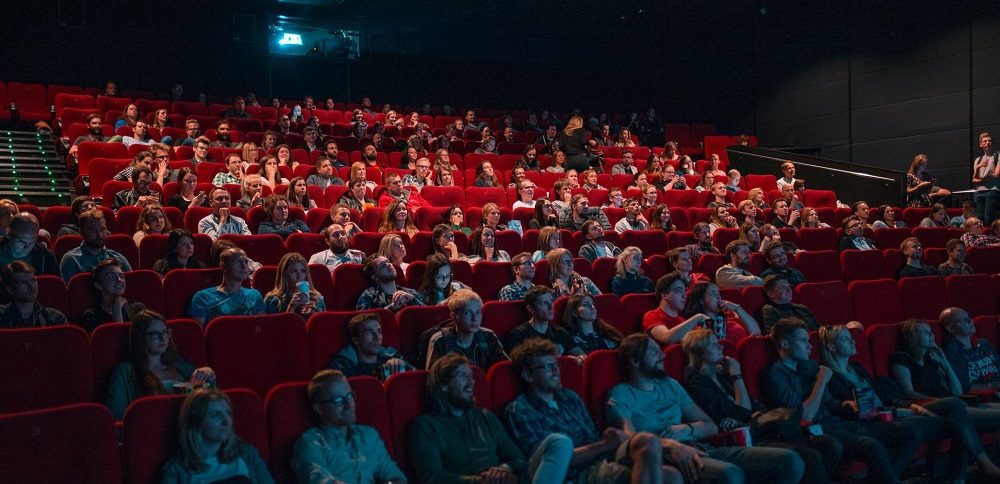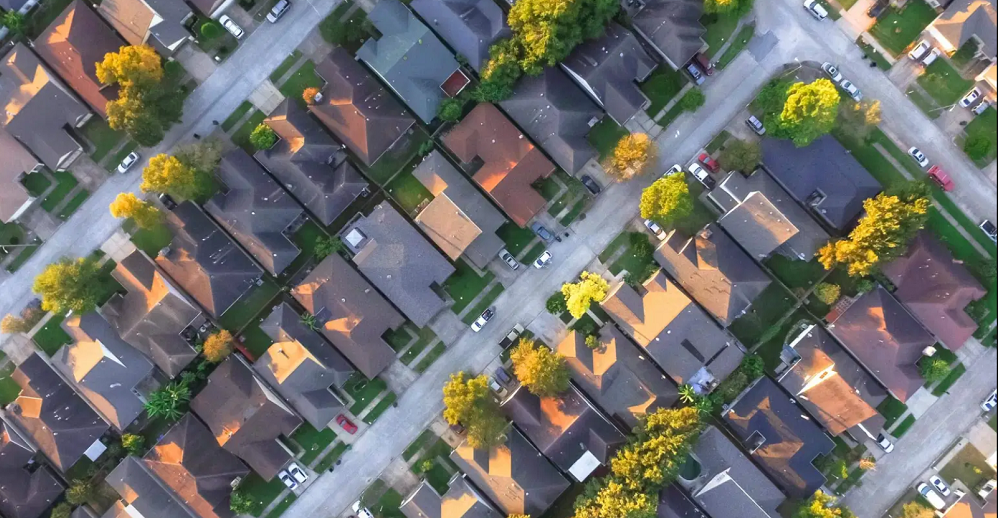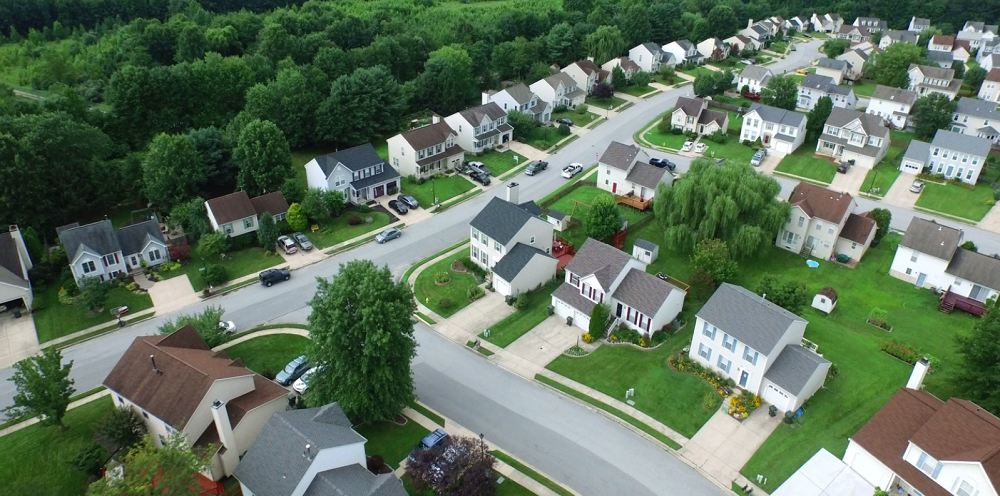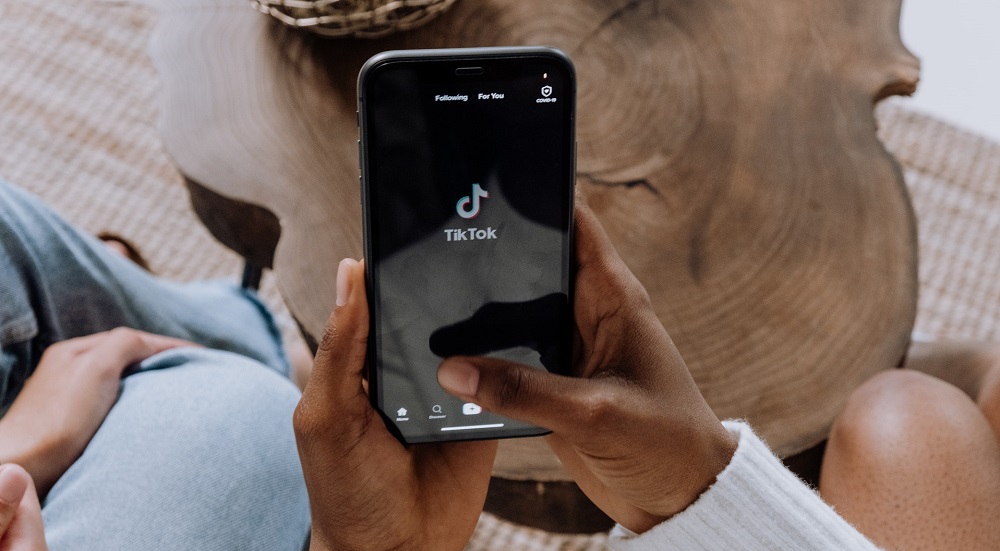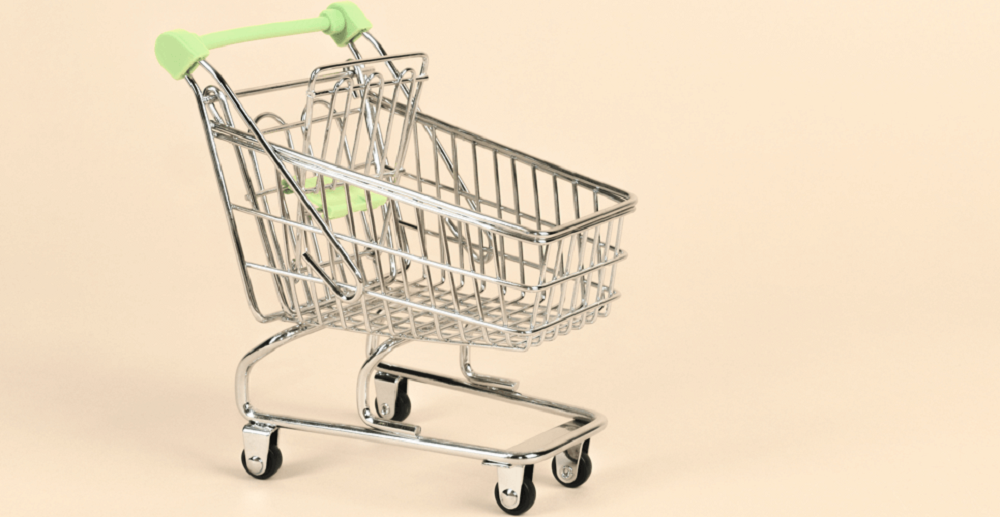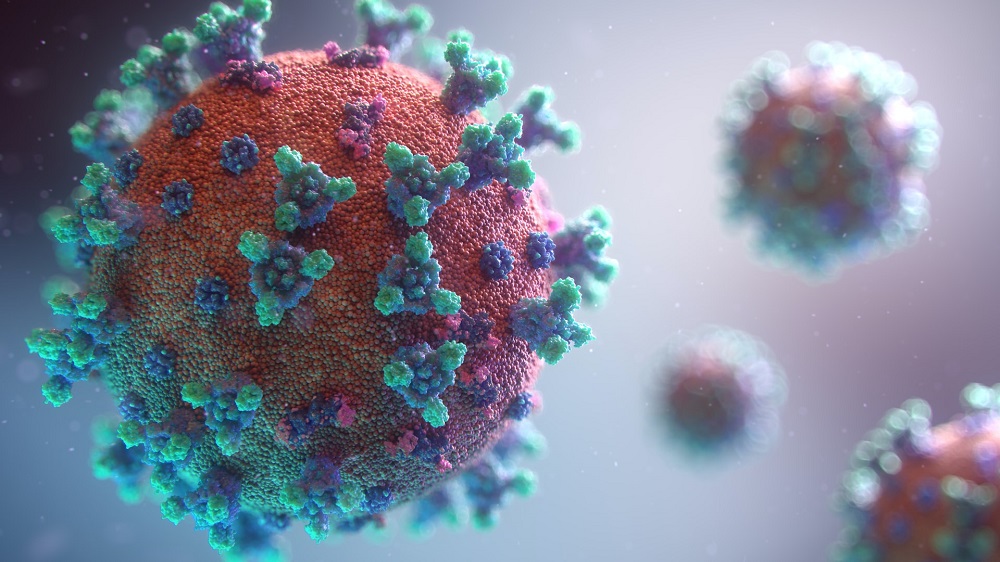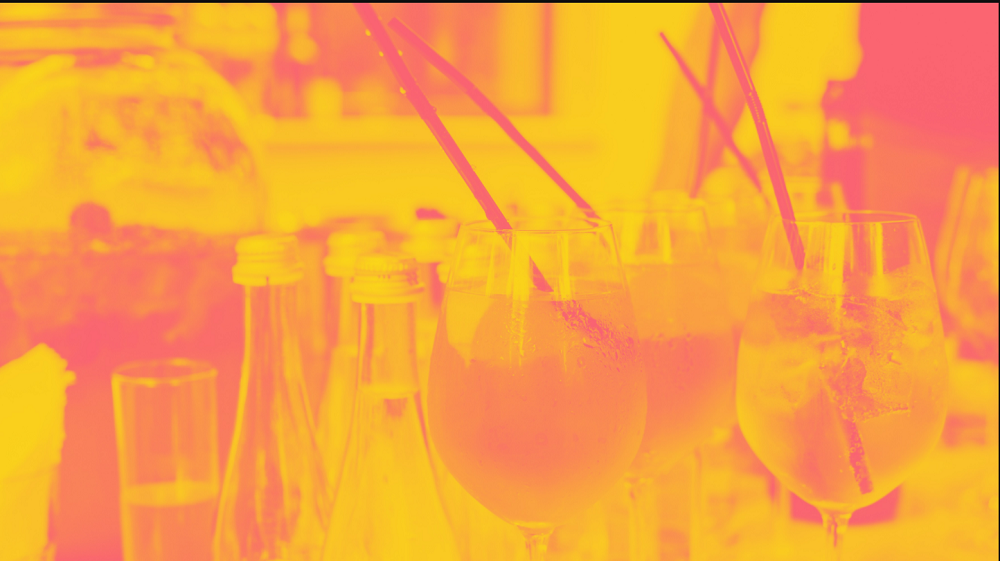Throughout the COVID-19 pandemic, consumers turned to streaming services as movie theaters, sports stadiums, concert halls, and other live event venues shut down. The gradual reopenings of brick and mortar businesses has boosted movie theater attendance and sales as the summer blockbuster season gets underway. Additionally, some companies such as AMC Theatres have seen increasing average transaction values as well as a growing share of sales taking place online.
In this Placer Bytes, we analyze the post-pandemic performance of Baskin-Robbins and other leading ice cream chains and check out the other side of the food spectrum to assess the salad recovery. All the salad chains analyzed appear to be recovering, although some are recovering faster than others. Tender Greens, which suffered the biggest decrease in visits over the pandemic, has slashed its visit gap relative to 2019 from -71.5% in January to -31.5% in June – but the brand still has a way to go before hitting 2019 visit levels.
“Which shot did you get?” “Moderna.” “Oh, cool, I got Pfizer.” Consumers now talk about pharmaceutical companies just as casually as they talk about the weather. Prior to the pandemic, most consumers didn’t even know that Johnson & Johnson produced pharmaceutical drugs in addition to baby products. With 60% of the adult population in the U.S. fully vaccinated, we are well familiar with the names of the three companies offering vaccines. These companies have brought in significant revenue over the past year. But they haven’t had to advertise the vaccines that they sell.
According to The Economist, just 10% of the world’s population is fully vaccinated against Covid. This average conceals a huge global divide – for low-income countries, the average is just 1%; it is over 30% for the most advanced economies. Even in the developed nations, the formula for vaccine rollout success is a complex blend of politics, economics, public health preparedness and national attitude. But it is clear that the economic bounceback will be led by the largest and most developed economies.
Home prices nationwide, including distressed sales, increased year over year by 17.2% in June 2021 compared with June 2020 and increased month over month by 2.3% in June 2021 compared with May 2021 (revisions with public records data are standard, and to ensure accuracy, CoreLogic incorporates the newly released public data to provide updated results).
National home prices increased 17.2% year over year in June 2021, according to the latest CoreLogic Home Price Index (HPI®) Report . The June 2021 HPI gain was up from the June 2020 gain of 4.5% and was the highest year-over-year gain since 1979. The increase in home prices was fueled by low mortgage rates, low for-sale supply and a rebounding economy. Projected increases in for-sale supply and moderation in demand as prices become out of reach for some buyers could slow home price gains over the next 12 months
Social media has birthed several viral trends since its inception. TikTok-driven purchases have become so prevalent that the phrase “Tik Tok Made Me” has become part of the English lexicon. In today’s Insight Flash, find out if the buzz actually boosts the sales of the mentioned retailers, looking at transaction trends in the US and UK as well as US new shopper behavior. Today’s flash takes a deep dive into three TikTok trends that exploded in Spring 2021. These encompass Aeropostale’s Tiny Tops, Coach’s Tabby Bag, and Zara’s Pink Jeans.
That was the amount of time from the end of Victoria’s third lockdown to the beginning of the fourth. During this period, Victoria’s overall accommodation performance saw its greatest shift since pre-pandemic days, with growth largely driven by regional markets. It is no secret that Australians are itching to travel, and with limited choice and location, happy to pay a premium. As a result, STR data showed room rates throughout regional Victorian markets climb steeply to, and above 2019 levels.
Industrial investment in Asia Pacific broke a high-water mark at the end of 2020, but investors aren’t done yet. Prior to 2021, quarterly volume had surpassed the $10 billion level only twice – in the first quarter of 2018 with the privatization of GLP, and in the fourth quarter of 2020, when over $12 billion of industrial deals were completed. The exchange of the Milestone Industrial Portfolio for A$3.8 billion ($2.8 billion) in June, Australia’s biggest ever industrial deal, helped push overall APAC industrial investment on level footing with the office sector.
Significant time has passed since Amazon launched its Fresh grocery concept, and the channel is playing an increasingly important role in the grocery space. As the brand enters more and more states, we dove into Amazon’s grocery push by looking at both the Whole Foods recovery and the Amazon Fresh expansion. Though the brand was among the hardest-hit players in the grocery sector, Whole Foods is clearly enjoying a significant recovery.
Marginal reductions in global capacity this week as always hide several regional adjustments in capacity as the seasonal holidays in some countries finish and authorities in some countries impose or threaten another series of restrictions. The inconsistencies in various travel restrictions imposed around the world continue to make no sense and confirm that geography was not a subject covered in the school of politics; apparently Reunion is a reason to keep France on the UK’s banned list.
Sadly, we’re back to a situation all too familiar - COVID cases are rapidly increasing across the country, nearing the 65,000 cases per day we saw during the second wave in July 2020.The slight silver lining, however, is that while hospitalizations are increasing (just under 35,000 currently), deaths are markedly lower than they were at the same time in 2020.
Heading into Peloton earnings on August 26, Peloton (PTON) is in a tricky spot. Shares are down 27% year-to-date, as investors question the sustainability of elevated pandemic growth levels. Negative headlines around the safety of its new high-end treadmill Tread+ have also weighed on the stock, with the repercussions already filtering through into next quarter’s guidance. But PTON is fighting back, moving into the lucrative corporate wellness space, with big names like Wayfair and Samsung already on board.
Nothing screams "summer" quite like an ice-cold beer or refreshing rum punch — and this year, vaccinated Americans will finally be able to share a drink with friends. With bars reopening and summer barbecues back on, global beverage sales are projected to increase 3% in 2021. So how are big beverage brands preparing for a post-vaccine summer? Diageo, Bacardi, and Brown-Forman have all increased spending in the last year, so let's take a closer look at their advertising strategies.
Amid the massive disruption that the COVID-19 pandemic has caused, a new global media landscape is emerging—and it’s digital. The pandemic is far from over, and we will feel its effects for years to come, but the resilient media industry is bouncing back, with certain constituents pulling out ahead of others. Marketing and ad spend are good barometers for measuring the overall health of the industry, and Nielsen Ad Intel data shows just what a turn-around the industry has made over the past 12 months.
Below, ETR recaps the datasets on leading vendors in the Observability sector, based on ETR's Summer Technology Spending Intentions Survey (TSIS), which captures where IT budgets are being invested in 2H21, citing participation from \~1,200 IT decision-makers. Below are specific excerpts from each vendor's outlook report, originally published on July 23rd, 2021. Spending intentions on Datadog have accelerated to multi-year highs, driven by more customers indicating plans to Increase spend with the vendor in 2H’21.
The phrase “no place like home” took on new meaning for many at the height of the pandemic, with much of the country pivoting to a new normal of quarantine and remote work. Some of the biggest beneficiaries of this development were the Home Improvement and Home Furnishing sectors as consumers increasingly took on DIY home projects and invested in home offices—to the tune of $420 billion last year.
For many, there’s an inherent thrill that comes with online gambling. The risk, the high stakes, the rewards can be addicting. And like so many other popular pastimes, gambling has not been impervious to the digital revolution. Think about it, there’s really no need anymore to drive to the local casino or take a trip to Las Vegas to get your fix. Technology has transformed our living rooms into our own personal casino royales filled with Texas Hold ‘Em, Roulette, Blackjack, and more.
2021 has already seen a number of initial public offerings (IPOs) from the fashion industry, including Dr Martens, Poshmark and ThredUp. Shein is expected to be the next one to go public in what Forbes reports to be a possible $47 billion valuation IPO. If this happens, it could make the Shein IPO the largest IPO in history to date, wiping the floor with the current title holder, Alibaba, and its $25 billion IPO back in 2014. Shein, the Chinese eCommerce company targeting Gen Z customers, is the fastest of fast fashion retailers, apparently adding over 5,000 new products to its site every single day!
After being postponed by a year, the XXXII summer Olympic Games kicked off on Friday with the opening ceremony. In addition to showcasing the world’s most talented and disciplined athletes, the Games offer extraordinary advertising and online traffic growth opportunities. Streaming and news sites have the chance to generate more ad revenues than usual due to an expected increase in traffic to these sites from excited followers of the games, enticing advertisers to up their spend.












































